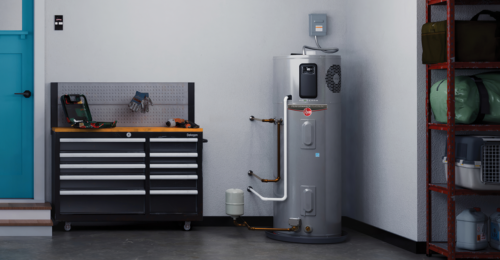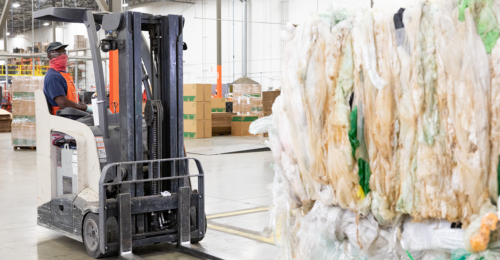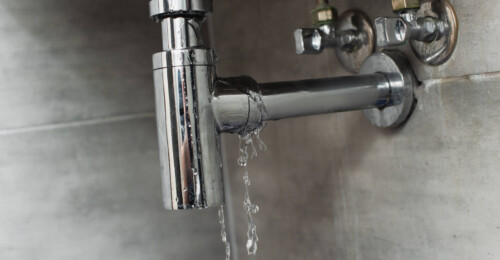
According to the energy experts at ENERGY STAR, 9 out of 10 homes in the U.S. are under-insulated. Which means that 90% of homeowners could be saving money and energy. Sealing and insulating your home is a simple and cost-effective way to save money, improve your comfort and reduce your carbon footprint. And one of the best spots to start is in the attic. Thankfully, it’s easy to check insulation levels and determine if your home is one of those that could use some help.
With help from ENERGY STAR, all you need is a ruler or tape measure to get started.
R-Value: What Kind of and How Much Insulation Do You Really Need?
Insulation ratings are measured in R-values per inch of thickness. An R-value tells you how well a type of insulation can keep heat from leaving or entering your home. Insulation R-values vary based on the type, thickness and density of the insulation material. Typically, a higher insulation R-value means better climate control and better energy efficiency for your home. A higher insulation R-value usually means a higher price point as well. R-values can be a helpful tool for comparing insulation products. For every type and material of insulation, manufacturers list the R-value per inch of thickness.

Your home doesn’t necessarily need the highest R-value insulation. The R-value your insulation needs depends on your local climate. Once you know the recommended R-value for your home, and you’ve measured your insulation, a little bit of math will reveal any gap. If you need to add insulation, the next step will be to determine what type of and how much insulation you need. To learn more about types of insulation and guidelines for various regions, read our Insulation Buying Guide.
The Benefits of Insulation
Reduce your energy bill by up to 20%.
Heating and cooling typically account for half of household energy costs. Attic insulation is one of the most effective ways to reduce heat loss in the winter and heat gain in the summer. If your home is under-insulated, that means your seasonal energy costs could be up to 20% higher than they should be.
Improve your HVAC unit’s performance and longevity.
Insulation is part of a whole-house energy efficiency solution. A well-insulated home keeps your HVAC unit from running constantly and straining to keep your house cool or heated. Along with HVAC maintenance and tune-ups, properly installed insulation helps preserve the longevity of your HVAC unit.
Check out our Eco Actions project library for more ideas to help you save energy and reduce your carbon footprint.







